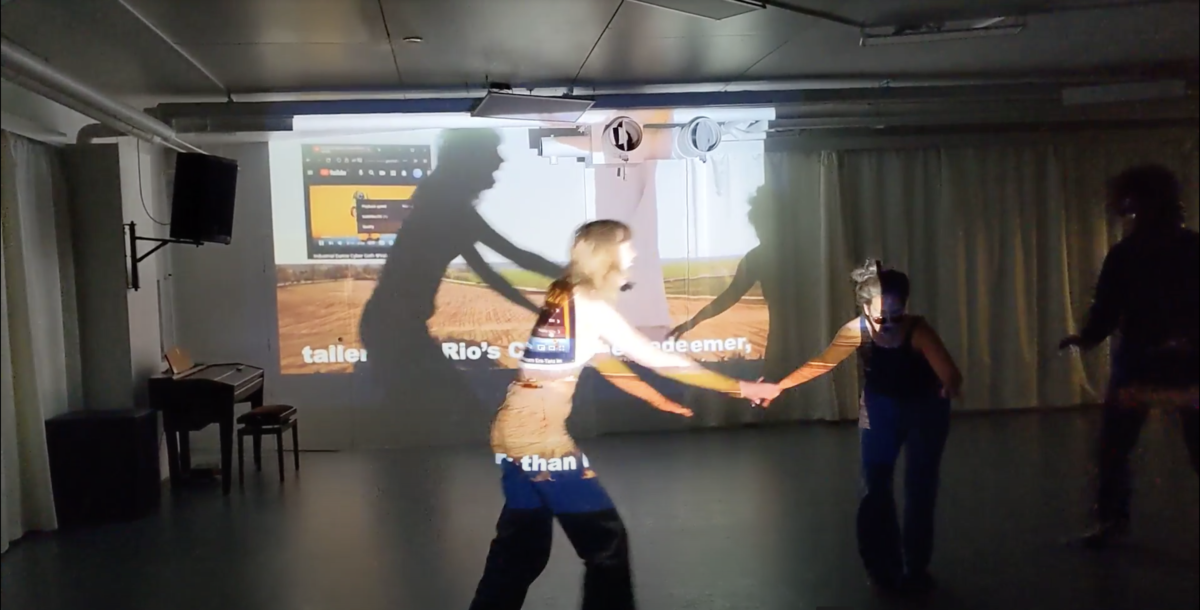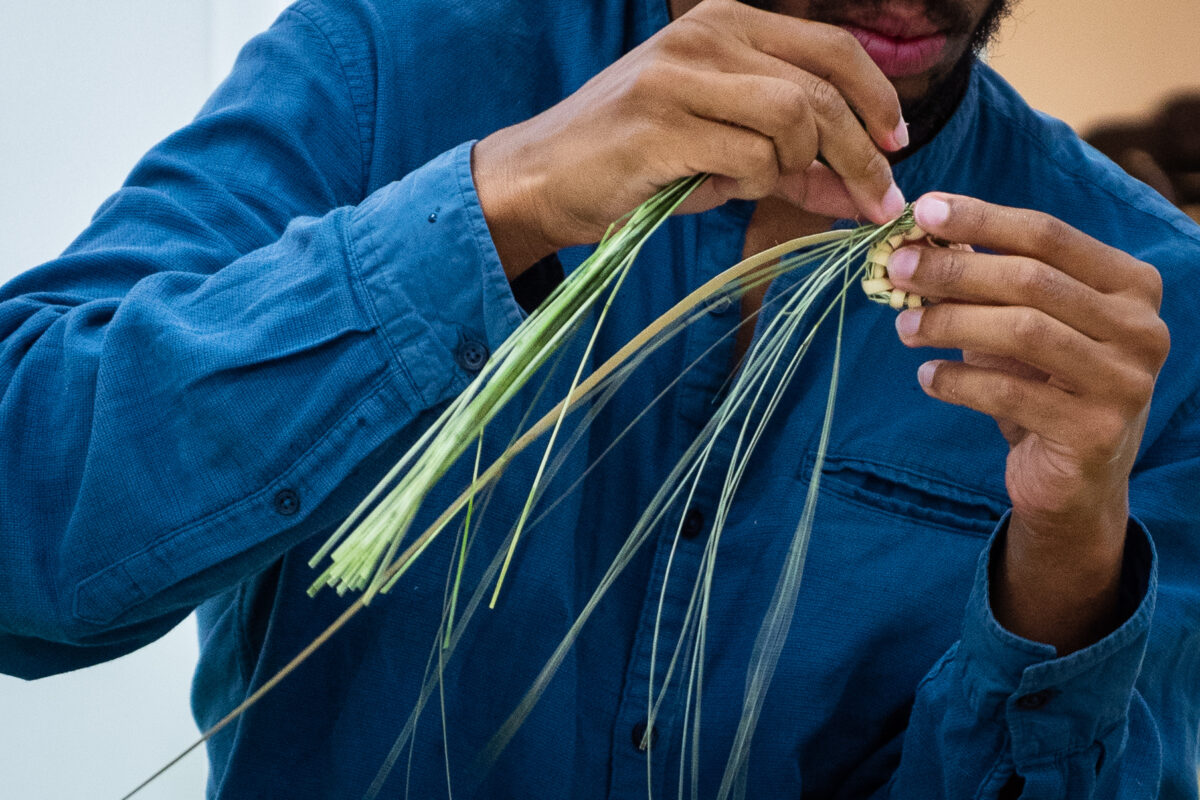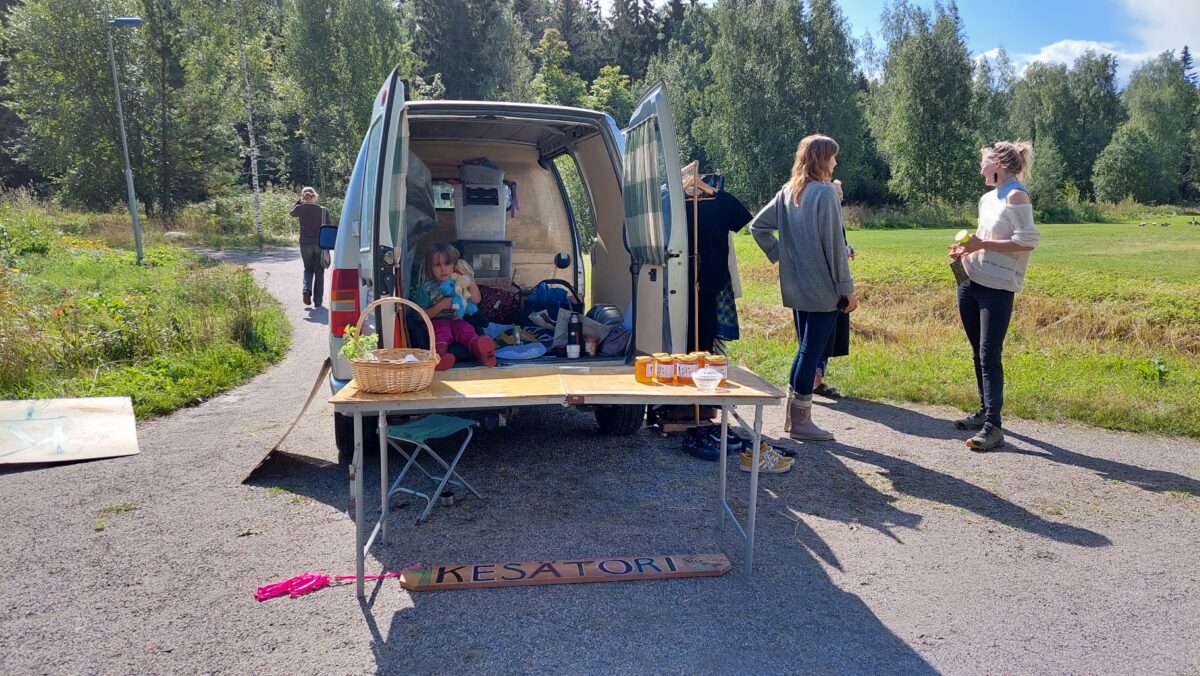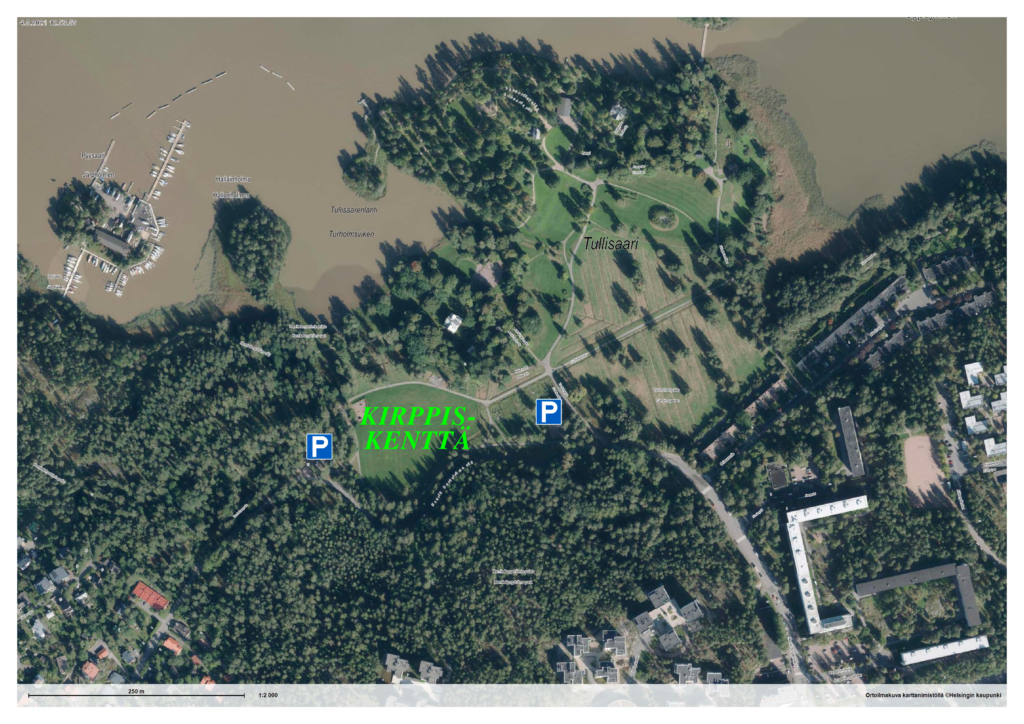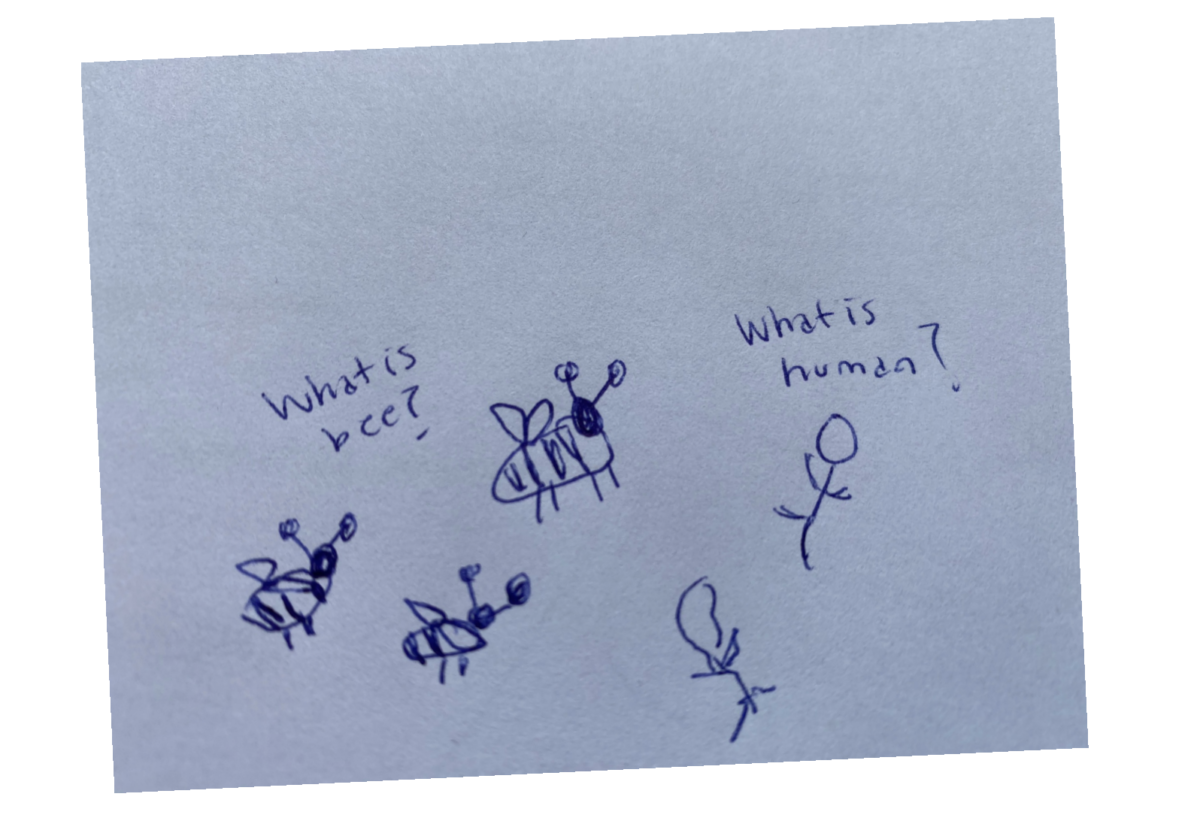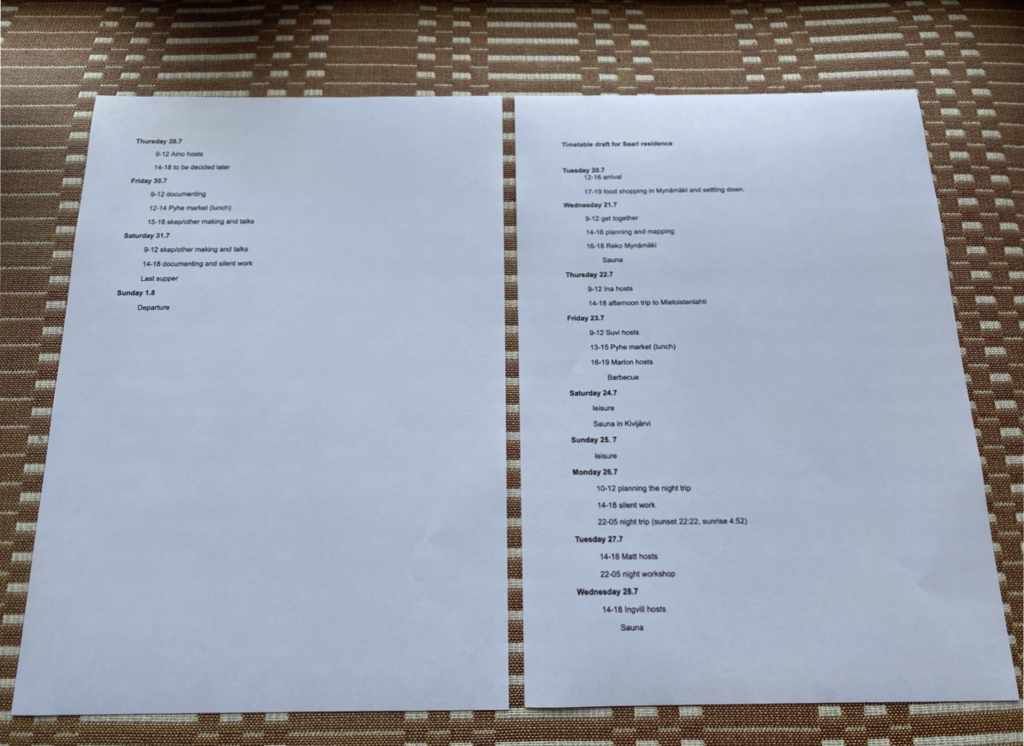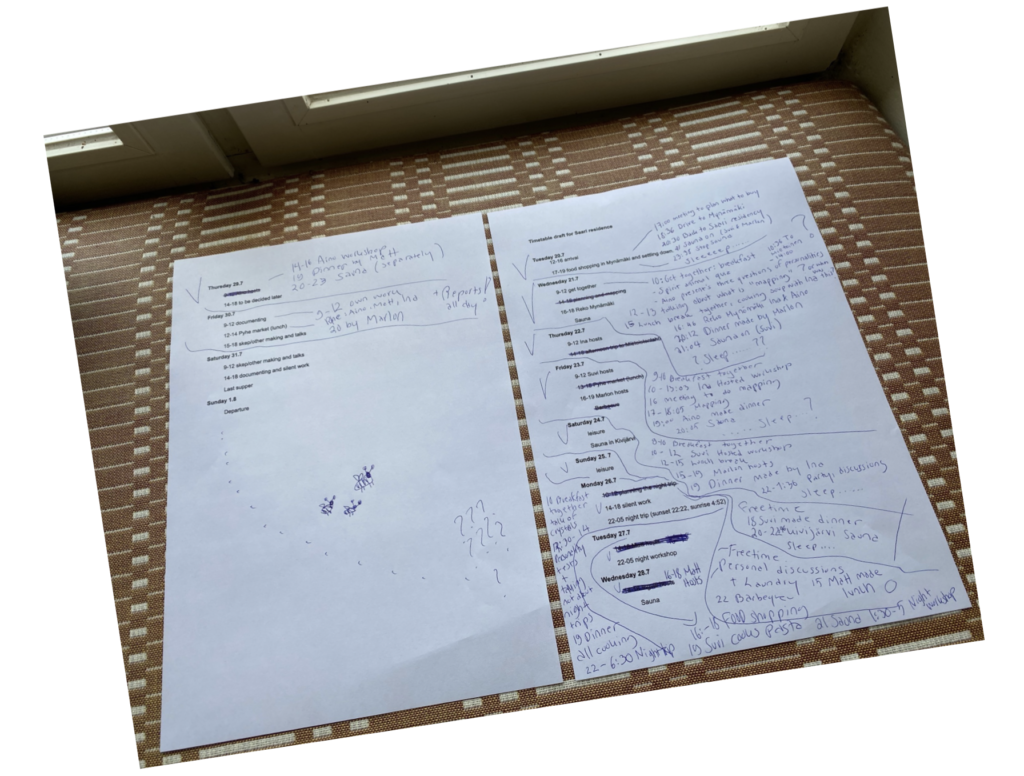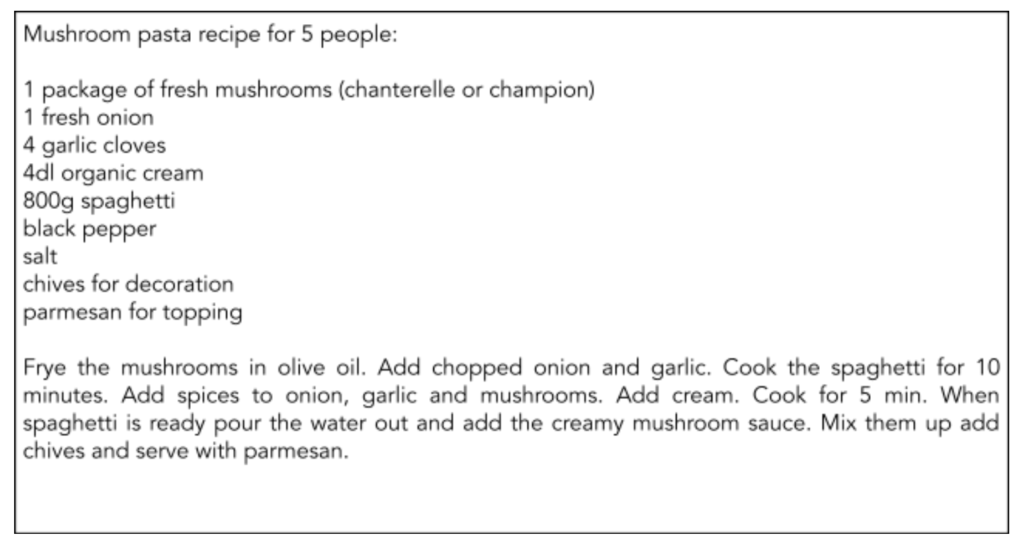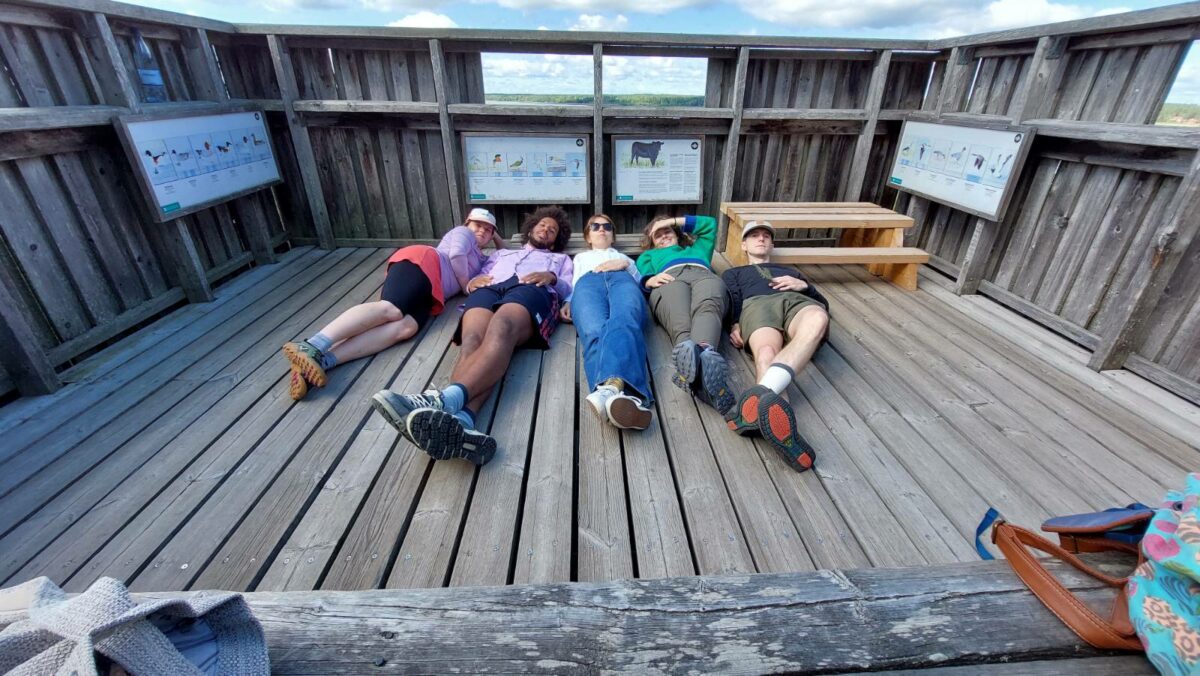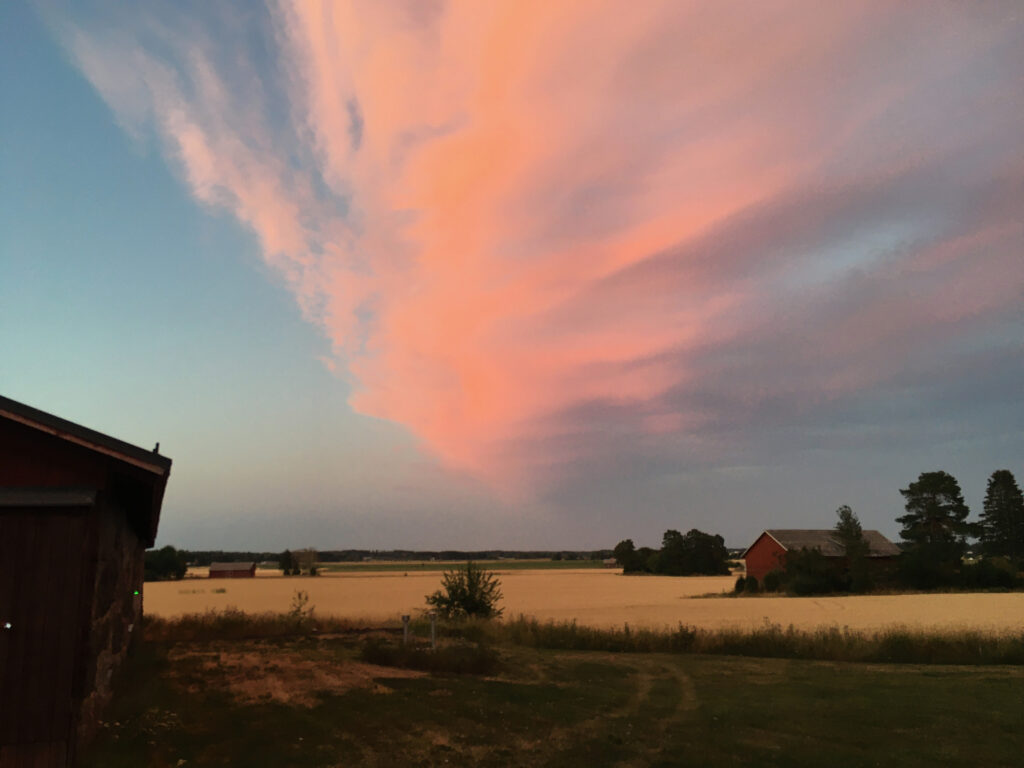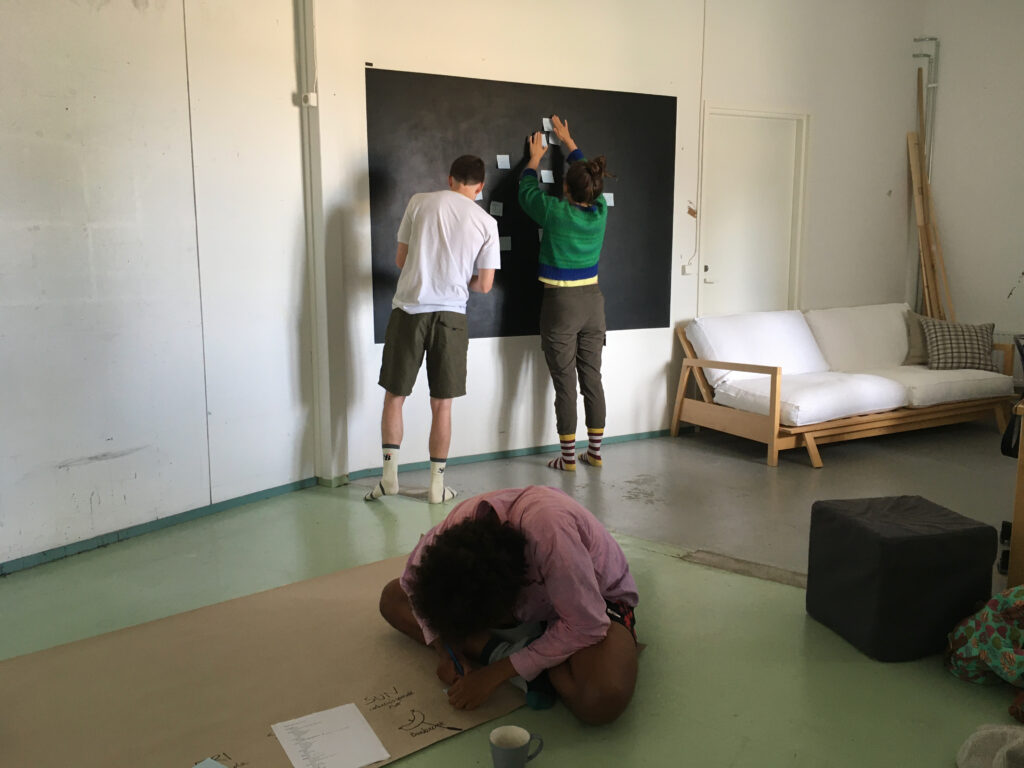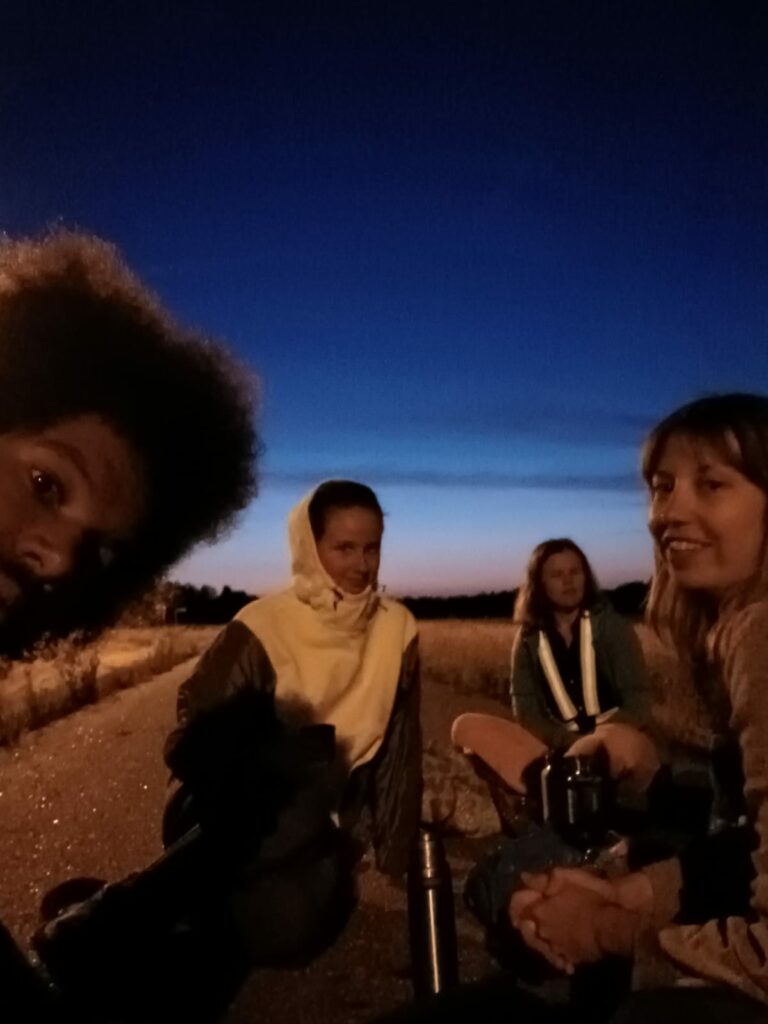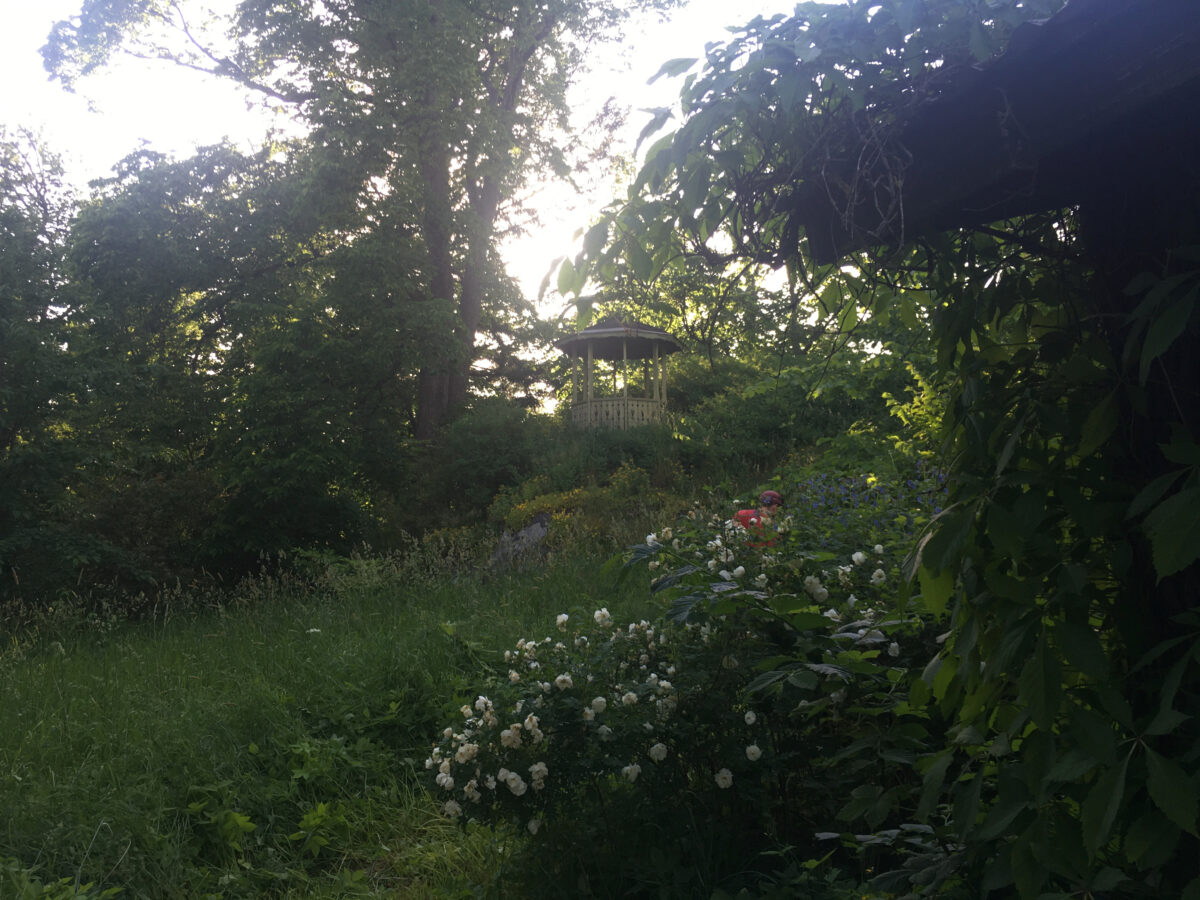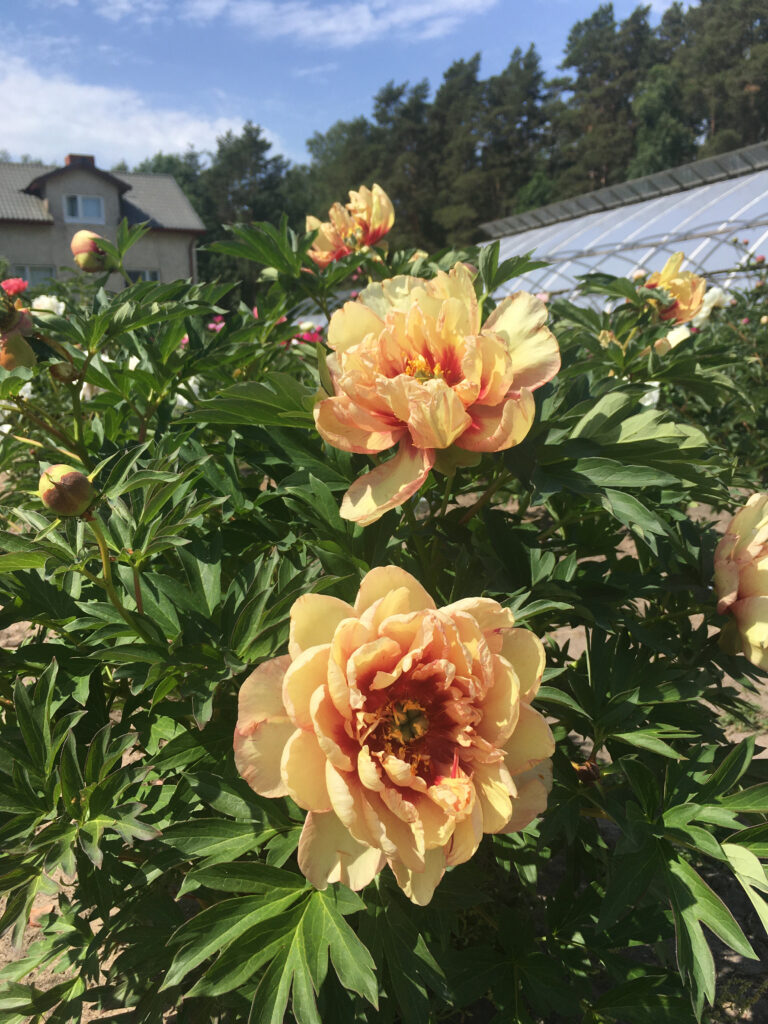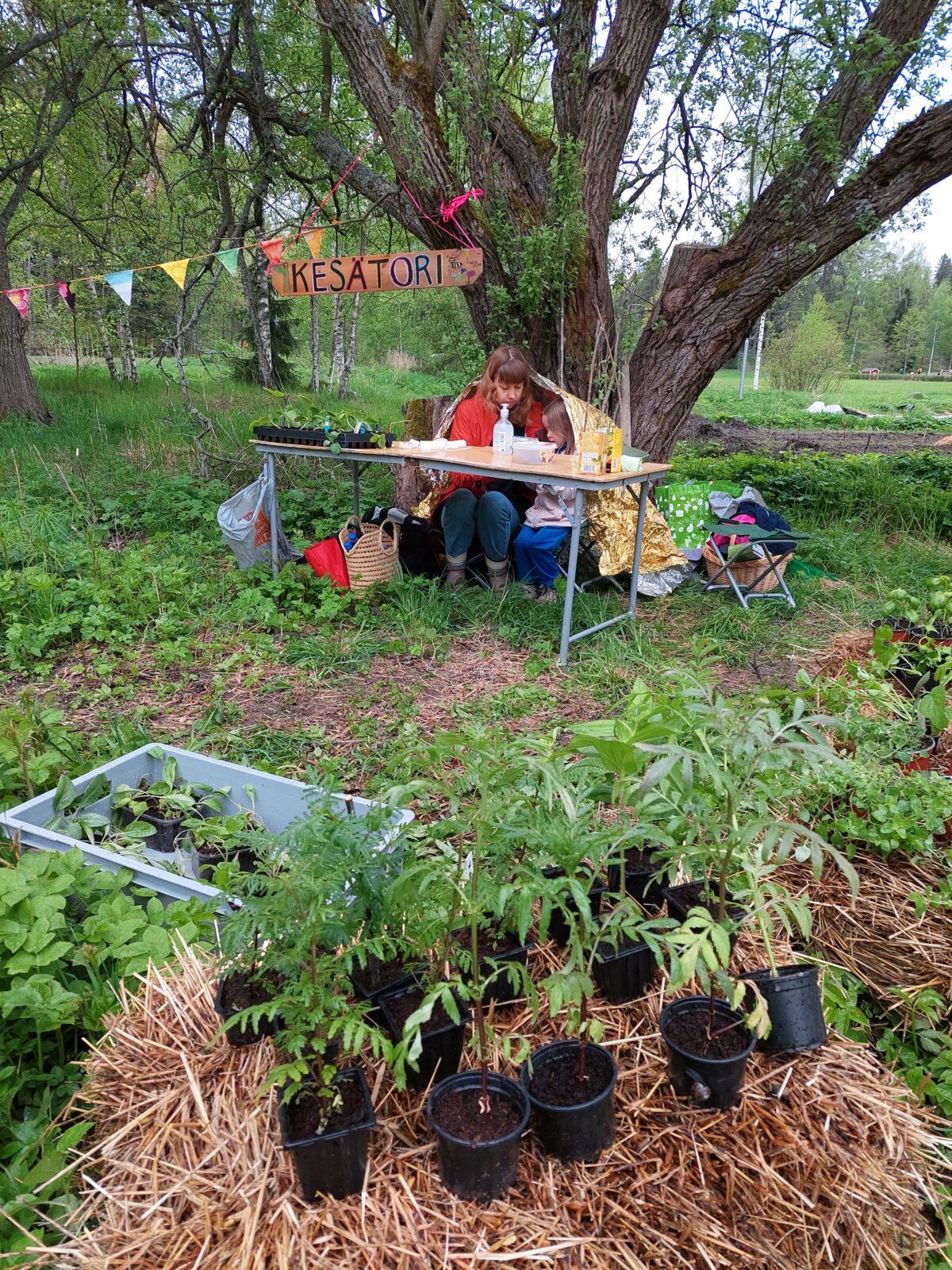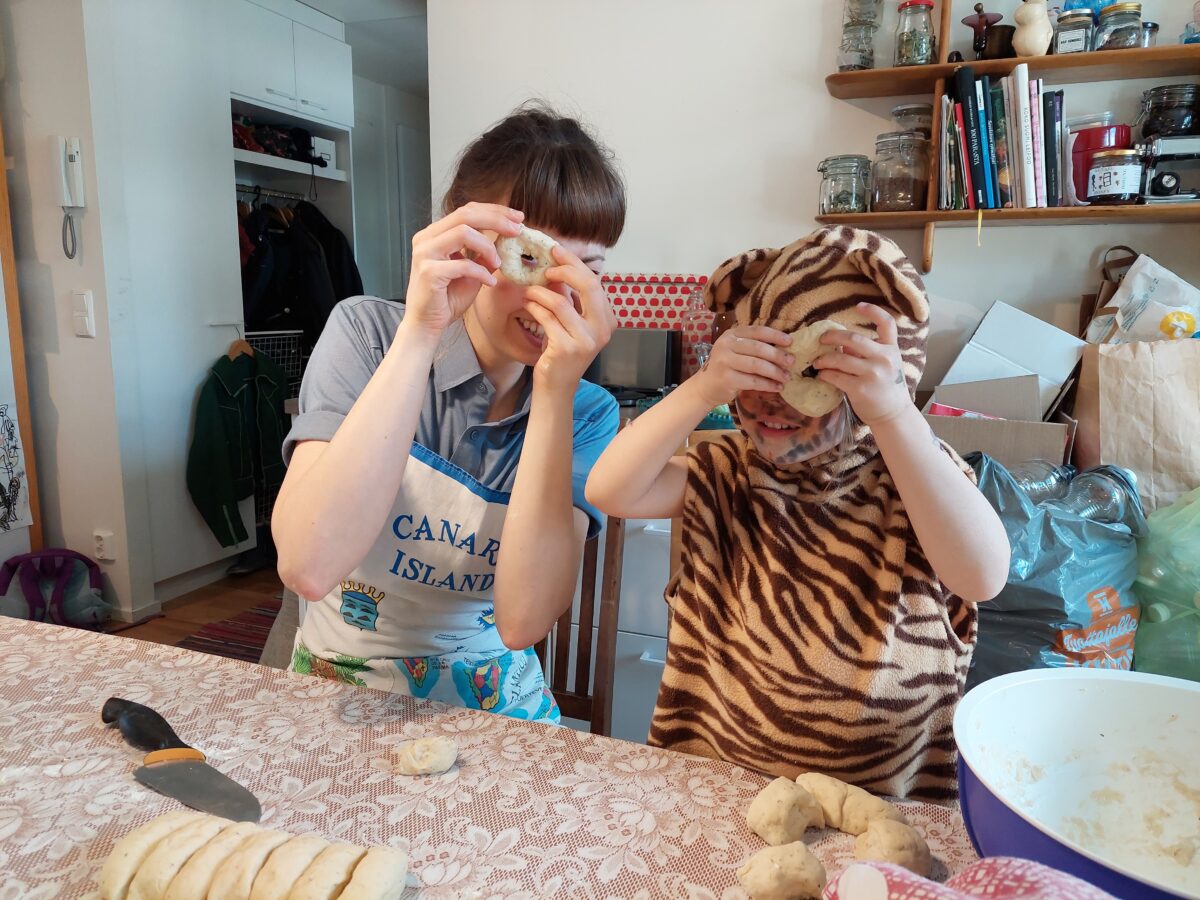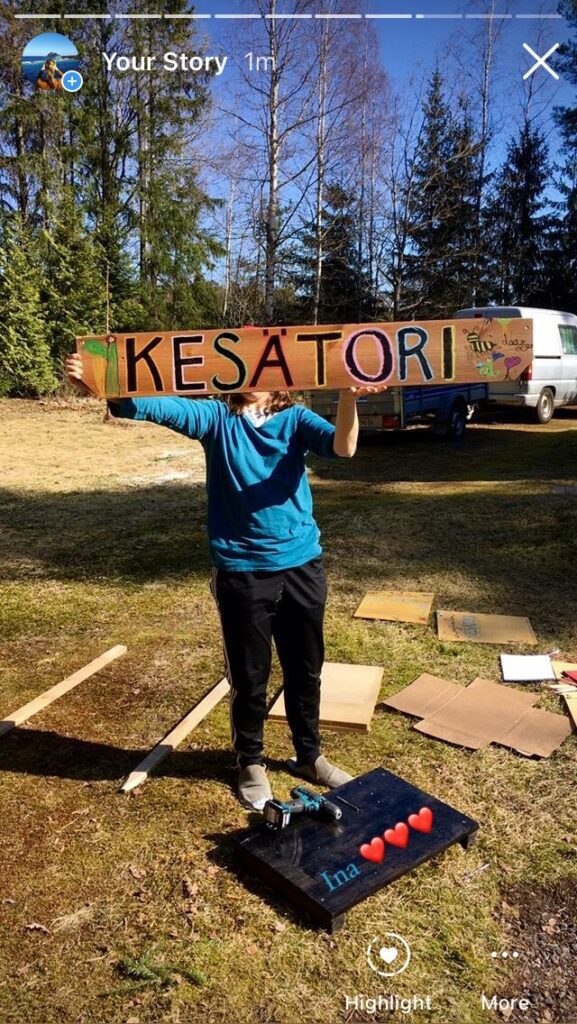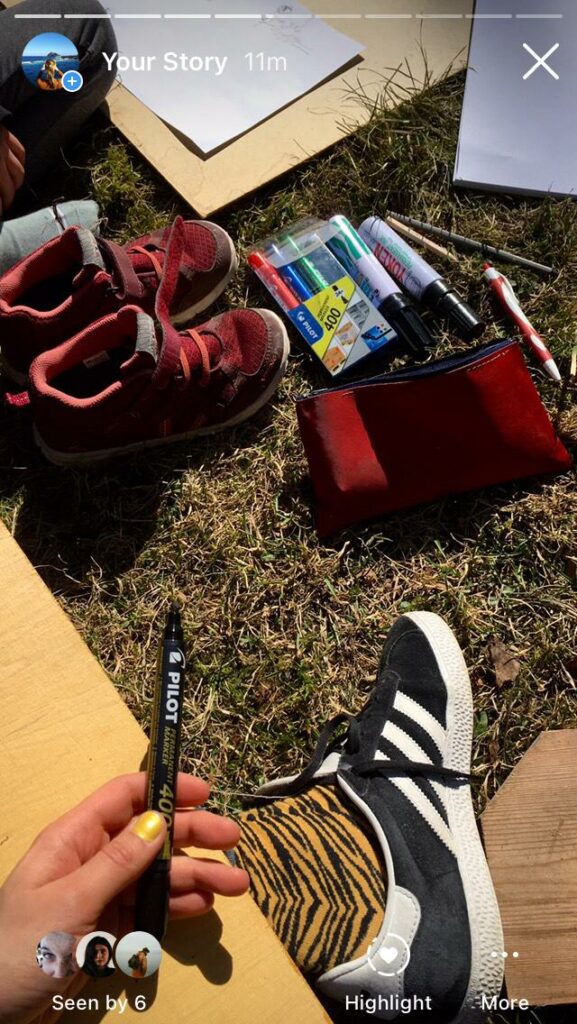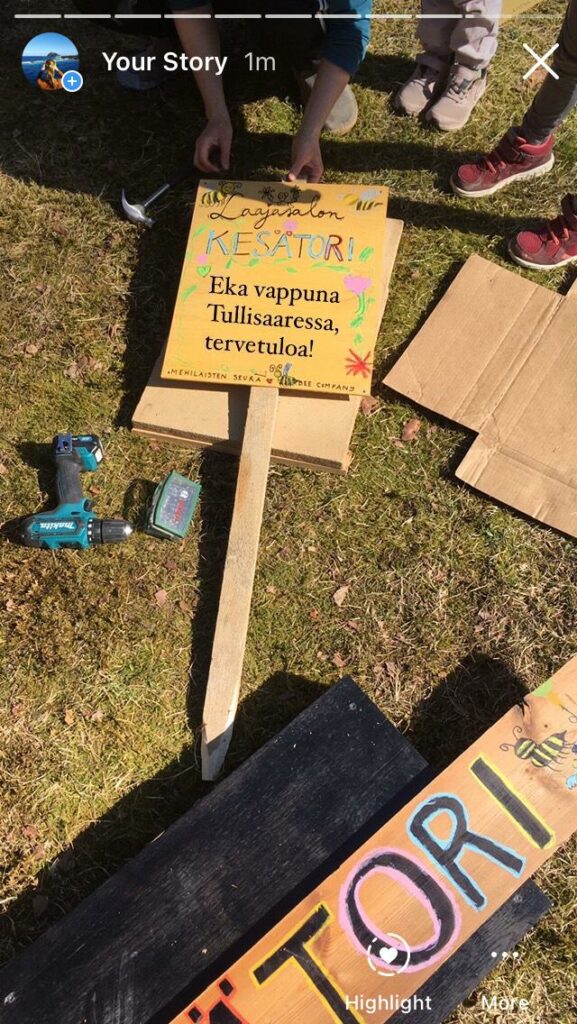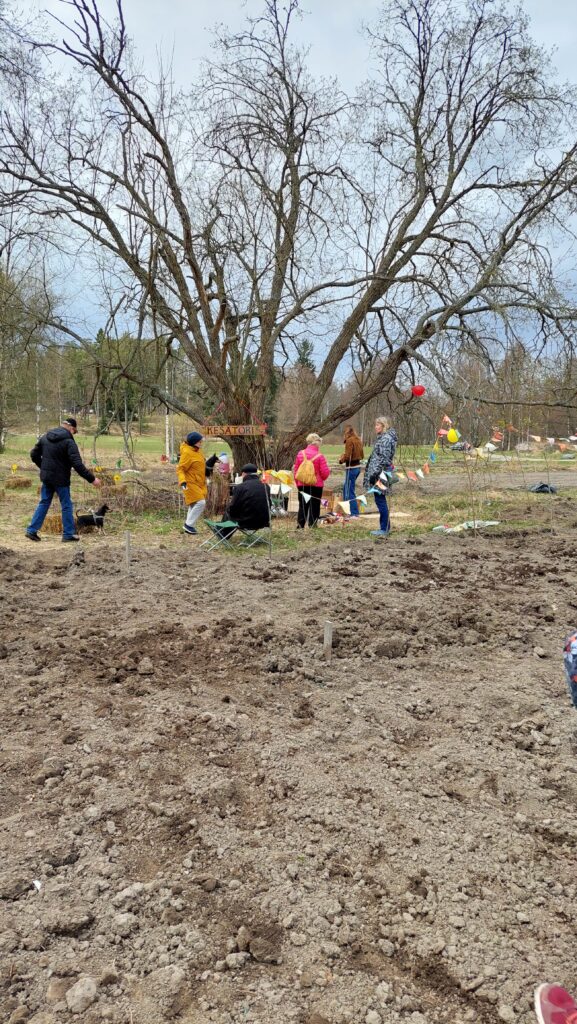Aino Aksenja
Bee Company lived and worked in Saari Residence for two wonderful weeks in late July 2021. It’s impossible to summarise the residency in a short report, so I have decided to concentrate on two activities from our time at Saari, and how, to me, they’re inextricably linked.
The activities both took place on a Friday. On the 23rd, Marlon held a workshop in the afternoon. We were first guided through an intense meditation, and afterwards read and discussed an article by Summer Allen: How to experience more wow (Psyche, May 12, 2021). In short, the article is about the experience of awe in everyday life, and how it may be increased. Here is one of its key points:
Awe is a complex emotion that tends to arise when you’re in the presence of something vast that you don’t already understand. It heightens your sense of time, makes everyday concerns fall from view, shifts your perspective, and makes you feel more connected with the world and part of a greater whole.
We talked about what makes us feel awe, how common it is in our lives (consensus: more common than the average 2,5 times a week suggested by the article) and the possibilities for our work with the Company to inspire awe in ourselves and others. The discussion took place in warm yellow late-afternoon sunshine in front of Navetta, and afterwards the topic came up in other contexts and the conversation continued through our time in Saari.
The following Friday, the 30th, it was drizzling. We put on our raincoats and cycled to the local summer market in Pyhe, a short bike ride away. The weekly market was full of locally farmed and crafted products: everything from vegetables, seedlings and jams to woollen socks and birdhouses. A local choir made their first appearance since the pandemic started, and it seemed like the whole village and all the summer guests had gathered to listen, to drink coffee and to meet.
While wandering around the stalls and making purchases (spinach, kale, strawberry juice, two metres of liquorice, socks for Ina’s kids, a bee hotel from the birdhouse maker, wolf’s bane plants), Ina and I started talking about how awe-inspiring local markets are to us. I am deeply moved by the care and effort that goes into growing, making and selling all those things, as well as markets as meeting points and creators of community, both in the city (take Hakaniemi market for example) and in the countryside. Small everyday miracles take place in front of us all the time, if we just pause to look.
This experience of awe and the wish to share it was the starting point of our own Laajasalo Grassroots Market, that Ina and I started in spring 2021 as a part of Bee Company in our neighbourhood in Helsinki. We arranged four market days this summer: classic mead and doughnuts on May 1st, a seedling market on World Bee Day, a day off in the garden with the Company on Summer Solstice and a late summer’s flea market with new harvest honey from the prolific Tullisaari bees. The markets have been a great way to get to know more of our neighbours, and to share things we ourselves have grown and made. In short, they have been awesome. The next market will be a Christmas one, come visit us in Laajasalo in December!
Yours,
Bee Company
7.10.2021
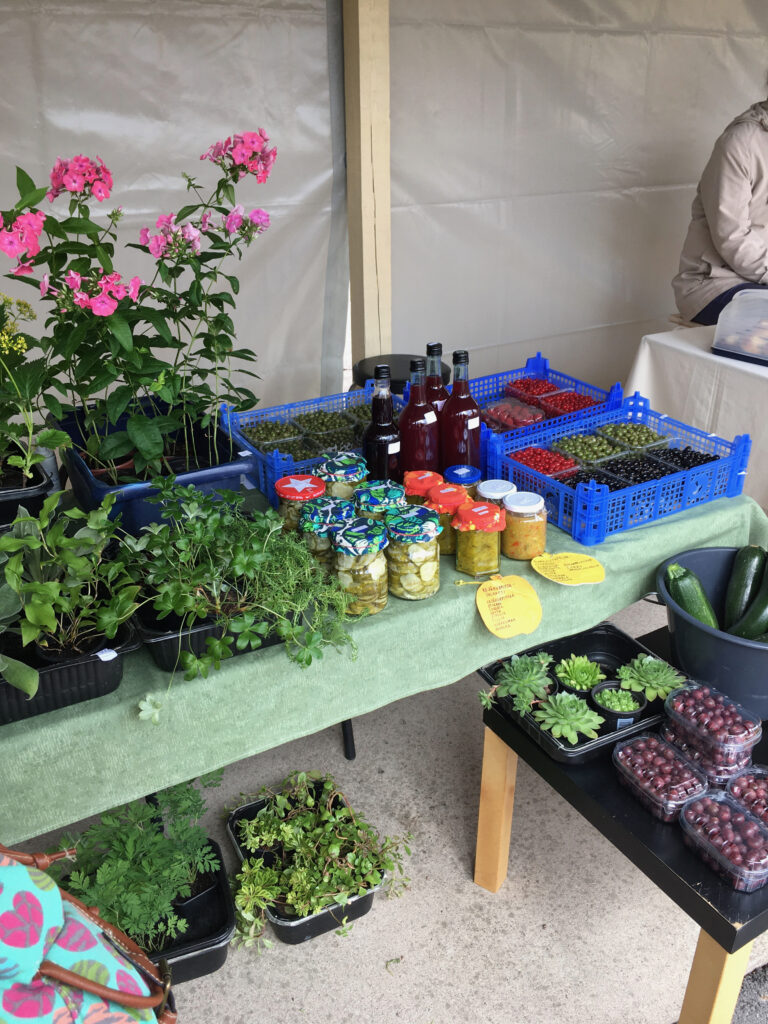
Pyheen kesätori, Pyhe summer market Mynämäki, July 2021 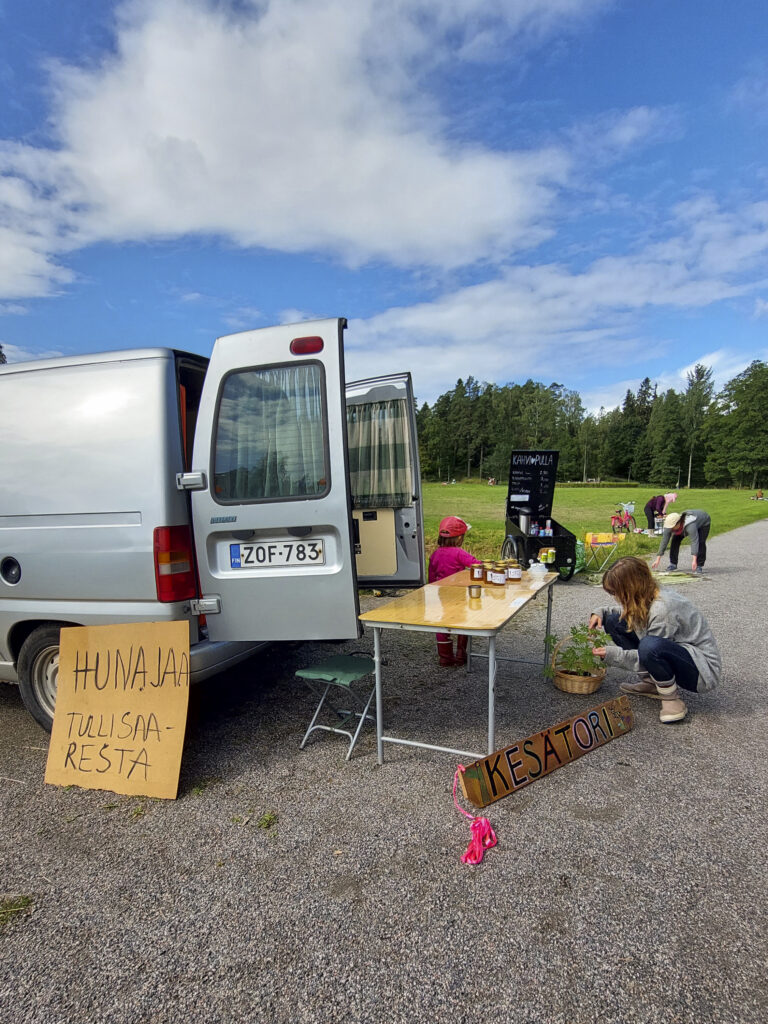
Laajasalon kesätori / Laajasalo Grassroots Market Tullisaari, August 2021
